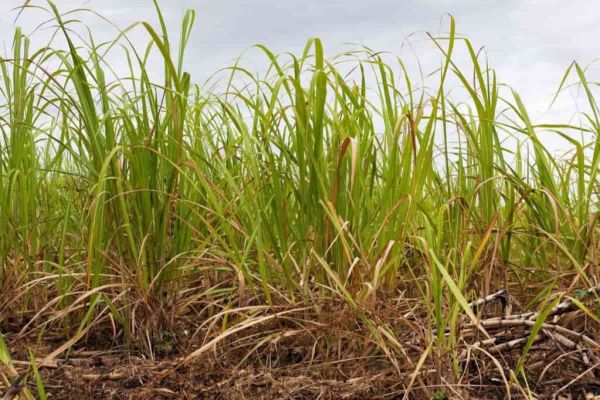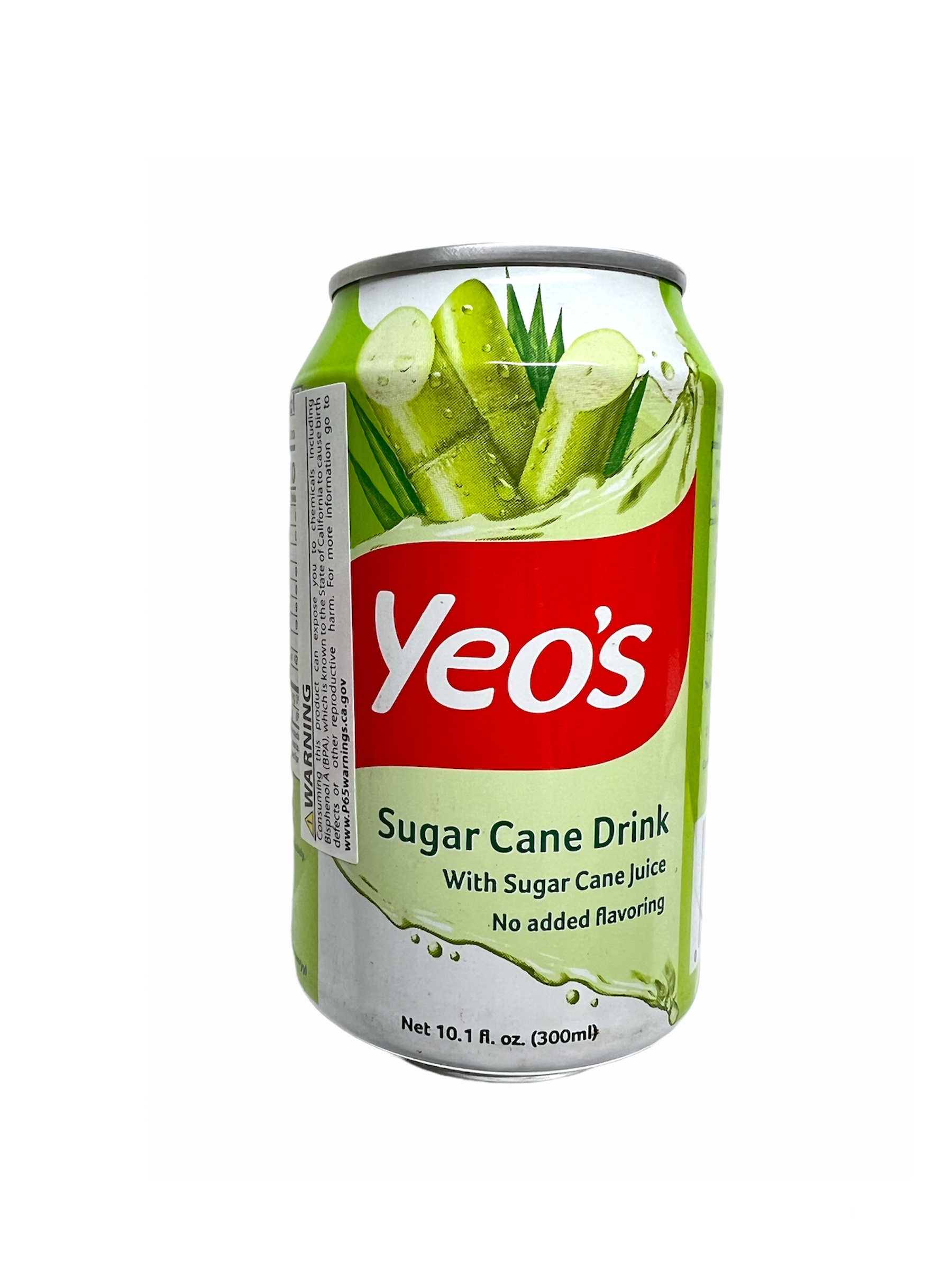Understanding the Diverse Duties of Sugar Cane in Farming and Manufacturing
Sugar Cane plays an essential function in both farming and manufacturing. As a significant cash crop, it impacts economic situations in tropical regions. Its convenience prolongs past sugar production to biofuels and naturally degradable products. Additionally, sugar Cane cultivation promotes soil health and wellness and biodiversity. The complete extent of its payments and possible in lasting methods continues to be to be explored. What innovative procedures could boost its duty in future farming systems?
The Agricultural Value of Sugar Walking Cane
Sugar Cane plays an essential role in agriculture, contributing considerably to the economies of many exotic and subtropical areas. This yard varieties prospers in warm climates, requiring ample sunshine and water, making it a perfect crop for these locations. Sugar Cane is mostly cultivated for its high sucrose material, which works as a crucial raw product for sugar manufacturing. Furthermore, it plays a significant role in dirt conservation by avoiding disintegration and improving soil fertility through its development cycles. Sugar walking stick's comprehensive origin system help in water retention, benefiting bordering crops. The plant sustains local ecological communities by supplying habitat and food for numerous wildlife varieties. Farmers commonly integrate sugar Cane right into crop rotation systems, boosting biodiversity and farming durability. The growing of sugar Cane not only meets local food needs but likewise fosters sustainable farming practices, advertising long-lasting environmental health and wellness in farming communities.
Economic Payments of Sugar Cane Cultivation
Sugar Cane is frequently forgotten, its financial contributions are considerable, particularly in establishing nations where it serves as a necessary cash money crop. The farming of sugar Cane produces considerable income for countless farmers, supplying incomes and cultivating rural development. As a versatile crop, it sustains various industries, including sugar production, biofuels, and drugs, subsequently promoting regional economies.
Sugar Cane growing promotes work production in farming fields, refining facilities, and transportation networks. It additionally adds to forex earnings via exports, enhancing nationwide financial security. In areas such as Brazil and India, sugar Cane plays a crucial function in agricultural exports, reinforcing trade balances.
Additionally, the crop's by-products, like bagasse and molasses, provide further economic possibilities, made use of in energy generation and animal feed. Thus, the economic influence of sugar Cane expands beyond mere cultivation, affecting more comprehensive agricultural and industrial landscapes.
The Process of Sugar Manufacturing From Walking Cane

The trip from sugar Cane to refined sugar entails a number of key phases that highlight the complexity of sugar manufacturing. At first, mature sugar Cane stalks are gathered and transferred to refining facilities. The Cane is then squashed to draw out juice, which has a high concentration of sucrose. This juice undertakes information, where contaminations are eliminated, often utilizing lime and heat
Next off, the made clear juice is evaporated to focus the sugar content. The resulting syrup is then based on crystallization, permitting sugar crystals to form. These crystals are separated from the continuing to be syrup through centrifugation and cleaned to get rid of any recurring molasses.
The last stage includes refining, where sugar crystals are more purified and bleached, causing the white granulated sugar typically utilized in food items. This meticulous process emphasizes the detailed journey from raw Cane to the sugar that plays a crucial role in various culinary applications.
Sugar Cane as a Resource of Biofuels
As passion in renewable energy sources expands, sugar Cane has actually become a significant candidate for biofuel production. The plant's high sugar material allows reliable fermentation procedures, transforming sugars right into ethanol. This biofuel offers as a renewable alternative to nonrenewable fuel sources, minimizing greenhouse gas emissions and promoting energy sustainability.
Countries like Brazil have long used sugar Cane for ethanol, establishing substantial production facilities that supports both residential energy requirements and international export. The cultivation of sugar Cane for biofuel has likewise produced economic chances, especially in backwoods, where it generates employment and supports neighborhood farming.
Sugar Cane biofuels can be integrated right into existing fuel systems, making them a functional service for moving away from conventional energy sources. As technological advancements proceed to boost manufacturing effectiveness, sugar cane's role in biofuel growth is poised to expand, further adding to worldwide efforts towards renewable resource fostering.
Cutting-edge Uses Sugar Cane in Biodegradable Plastics
An expanding variety of makers and researchers are discovering ingenious uses of sugar Cane in the manufacturing of naturally degradable plastics. Sugar cane, abundant in sucrose, can be processed to create polylactic acid (PLA), a biopolymer that functions as an alternative to petroleum-based plastics. This bioplastic can be made use of in different applications, consisting of product packaging, non reusable cutlery, and farming films.
The usage of sugar cane-derived PLA presents a number of advantages, such as minimized dependancy on fossil fuels and the possibility for lower carbon discharges throughout production. Furthermore, sugar walking cane's renewable nature makes it an attractive selection in the quest for sustainable products. Current advancements in processing strategies have actually improved the effectiveness and cost-effectiveness of generating these bioplastics, cultivating greater adoption in the market. As the need for eco-friendly options expands, sugar Cane attracts attention as an important resource in the change in the direction of greener production practices.
Environmental Benefits of Sugar Cane Farming
Additionally, sugar Cane needs less water contrasted to other crops, making it ideal for growing in arid areas. Efficient use plant residues, such as bagasse, can decrease waste and give sustainable energy resources. Additionally, sugar Cane farming can assist in the facility of agroforestry systems, developing a synergistic relationship in between trees and plants. These methods not just safeguard the setting however additionally advertise sustainable agricultural methods, inevitably benefiting official website neighborhood communities and ecosystems.
The Future of Sugar Cane in Sustainable Practices

Moreover, the potential for sugar Cane to add to renewable resource resources is getting grip. Biofuels stemmed from sugar Cane can especially decrease carbon exhausts contrasted to fossil gas, straightening with international environment objectives. In addition, innovations in waste monitoring enable the application of byproducts, better decreasing ecological effect.
Research study into drought-resistant sugar Cane ranges is also underway, offering strength versus environment modification. As stakeholders across the industry embrace these lasting methods, sugar Cane is try this web-site poised to play an important role in cultivating agricultural sustainability, guaranteeing its significance in future markets and contributing favorably to environmental balance.

Frequently Asked Inquiries
Exactly How Does Sugar Cane Affect Dirt Health And Wellness and Fertility?
The effect of sugar Cane on soil wellness and fertility is significant. Its extensive origin system enhances dirt framework, while organic issue from rotting fallen leaves contributes crucial nutrients, promoting total fertility and supporting varied microbial life.
What Are the Labor Conditions for Sugar Cane Workers?
Labor problems for sugar Cane workers vary extensively, typically identified by long hours, reduced wages, and risky settings. Numerous face obstacles such as absence of access to health care and not enough protective procedures versus hazardous conditions.
Can Sugar Cane Be Expanded in Non-Tropical Environments?
Sugar Cane generally prospers in exotic environments due to its heat and moisture needs. However, specific non-tropical areas might efficiently grow it through particular agricultural methods, though returns and top quality might be considerably decreased.
What Vermin Generally Intimidate Sugar Cane Crops?
Parasites threatening sugar Cane crops include the sugarcane borer, aphids, and nematodes. These organisms can greatly impact crop yield, necessitating effective pest management techniques to guarantee healthy development and take full advantage of farming efficiency.
Exactly How Does Sugar Cane Cultivation Impact Local Communities?
The farming of sugar Cane considerably influences regional neighborhoods by offering employment opportunities, boosting financial development, and influencing social structures. In addition, it can lead to environmental challenges, influencing farming methods and community health in the area.
Sugar Cane is primarily grown for its high sucrose content, which offers as an important raw material for sugar production. Farmers usually incorporate sugar Cane into plant rotation systems, enhancing biodiversity and agricultural strength. The journey from sugar Cane to refined sugar involves a number of key stages that highlight the complexity of sugar production. The last stage entails refining, where sugar crystals are additional cleansed and bleached, resulting in the white granulated sugar commonly made use of in food products. The plant's high sugar web content allows efficient fermentation procedures, transforming sugars into ethanol.